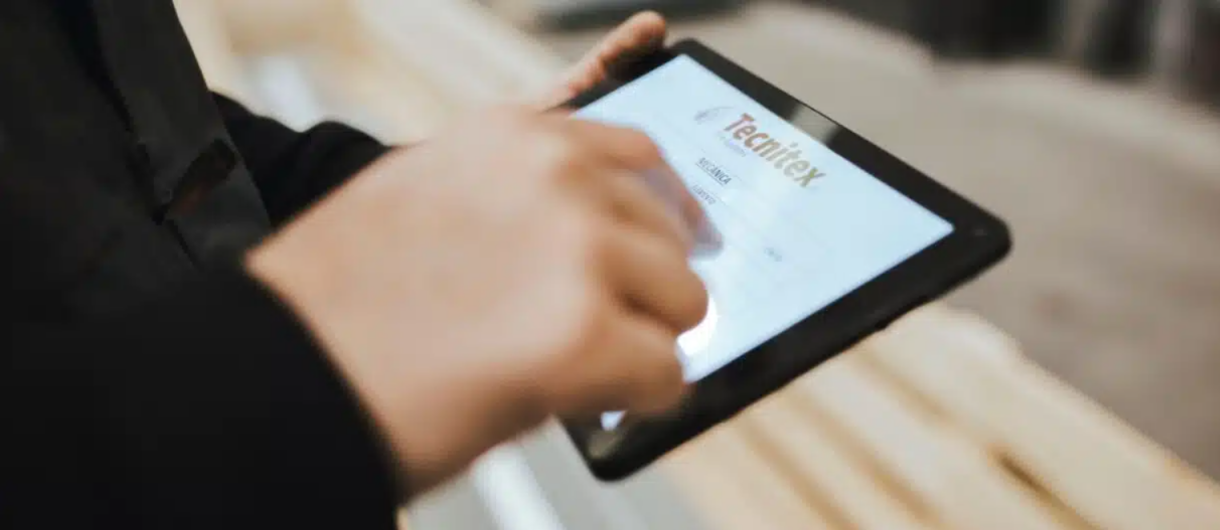
How technology can improve passive fire protection
Passive fire protection, that is, systems designed to mitigate the consequences of a fire without directly acting on the flames, has evolved significantly in recent decades.
Technology is changing the way passive fire protection systems are monitored to maximize the effectiveness of these systems, even after many years since their installation.
Today, we explore how technology is changing the tracking, documentation, and maintenance of passive fire protection systems in favor of greater standardization and centralization of information.
The big challenge: standardization in the construction industry
Passive fire protection systems, although designed to operate without direct intervention, face the challenge of detecting faulty installations, given their hidden nature.
The lack of standardization in the construction industry makes it even harder to track and document these measures. The differences in understanding, interpretation, and implementation of these measures among the various stakeholders make it difficult to ensure consistent fire safety across all projects.
The evolution from traditional methodology to digital solutions
The traditional tracking and documentation of passive protection has historically relied on manual methods prone to errors and misinterpretations.
Digital technology emerges as an ideal solution to bridge the gap between knowledge and compliance.
The implementation of digital management systems:
- Centralizes data
- Facilitates accessibility
- Promotes real-time actions
- Encourages collaboration among stakeholders
QR codes and NFC tags
Among the technological solutions that have been implemented in the fire protection sector, modern technologies like QR codes and NFC tags stand out as crucial tools for collecting and sharing information efficiently in construction projects.
The quick and accurate identification of passive protection elements using radio frequency technology facilitates inspections and maintenance, reducing errors associated with manual data entry.
On the other hand, mobile apps allow for direct updating of information, while IoT devices monitor the status of elements in real-time, alerting about potential anomalies.
Integration of passive protection into BIM files
Another significant advancement has been the integration of passive protection data into BIM models, offering a comprehensive digital representation that improves coordination among teams and ensures that fire safety measures are effectively integrated into the building’s design.
These technological advancements address the multifaceted challenges associated with tracking and documenting passive fire protection measures, improving the effectiveness and efficiency of processes.
Tecnitex’s real-time Projects and Maintenance tool
By registering information in real time and managing it through the cloud, digital platforms like Tecnitex’s new Client Zone offer accurate, accessible, and secure data that cannot be lost or filed due to human error.
Understanding the installed systems and the installation itself in a building is essential for verifying the quality of the installation and maintaining a record that goes beyond the construction phase.
For this, the Client Zone has a tool specifically designed for this purpose: the real-time Projects and Maintenance tool.
With it, professionals can supervise the operation of each piece of equipment without being present at the installation site, and detect any incidents or anomalies in the installed fire curtains or smoke control curtains immediately.
This real-time control facilitates daily work for professionals and optimizes the response to any issues that may arise, such as a power outage affecting the equipment or any unintentional modifications to the systems.
Ultimately, digitalization supports the growing need for clearer communication in fire protection. By adopting digital advancements, the fire protection industry can ensure consistent standards, regulatory compliance, as well as safeguard lives and properties.
The implementation of technologies like QR codes, NFC tags, BIM files, and specific tools like those provided by Tecnitex are the key to the future of continuous improvement in passive fire protection.